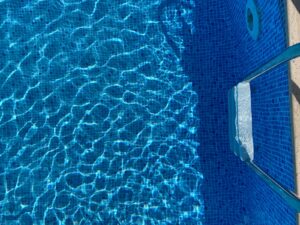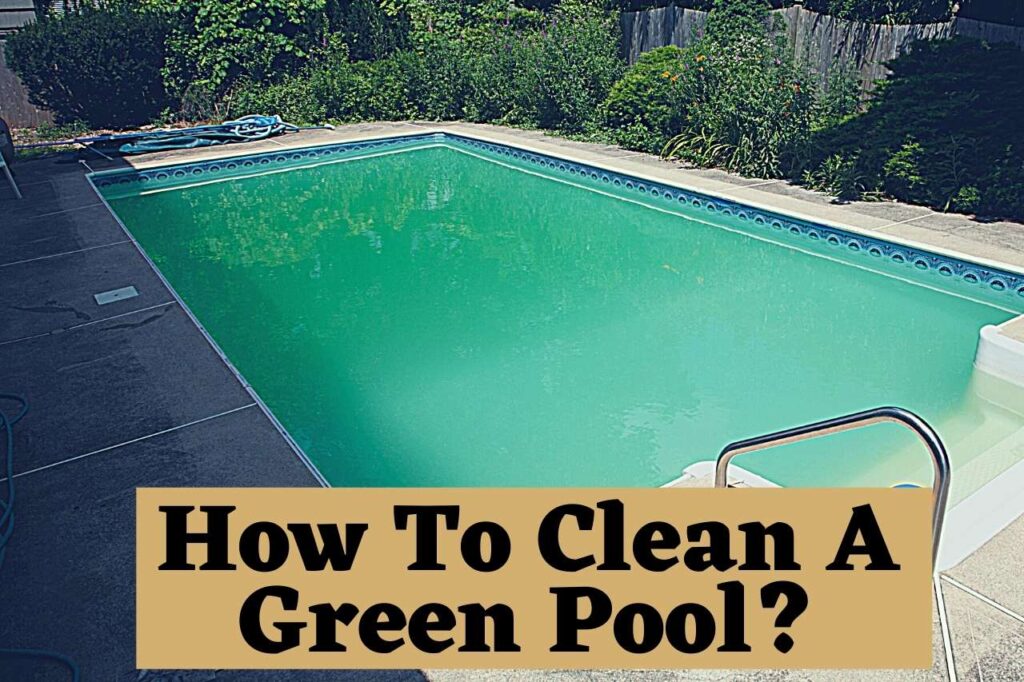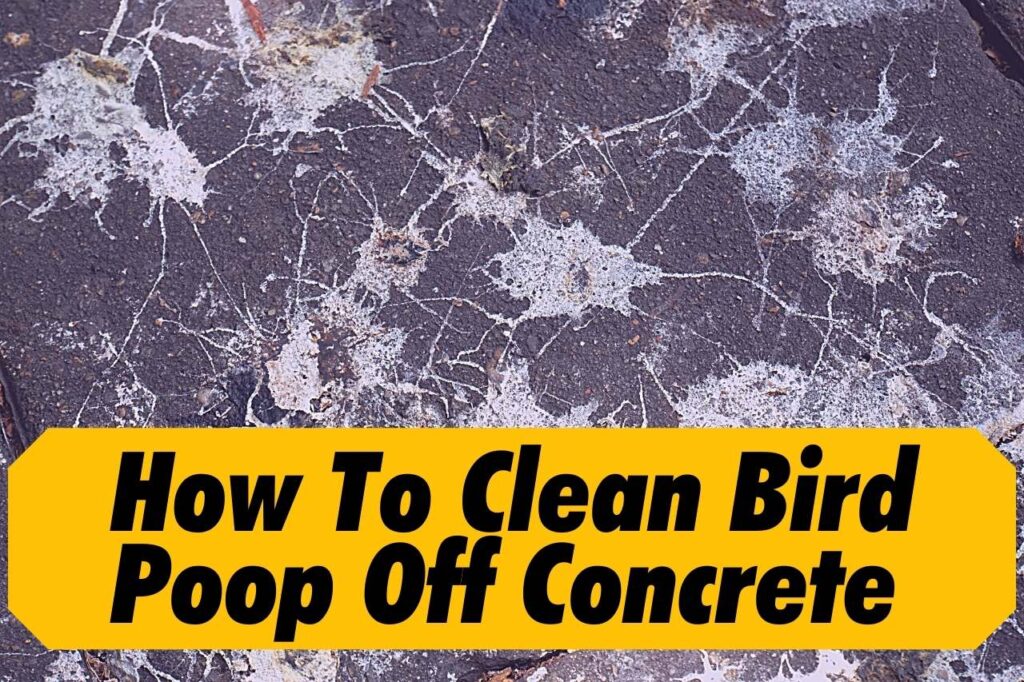Today we’re plunging into a common question that keeps many pool owners wondering: “How long after putting chlorine in pool can you swim?” As your trusted home expert, I’m here to clarify this topic. It’s all about safety, enjoyment, and making the most out of your lovely pool. With the sun shining and the water glistening, who wouldn’t want to dive in? But wait! First, let’s get the facts straight on when it’s safe to swim after chlorinating your pool. Understanding this will ensure you keep the fun going while maintaining a healthy and safe swimming environment. So, let’s dive in, shall we?
The Role of Chlorine
Let’s start our journey by understanding the mighty chemical that is chlorine. Playing a critical role in keeping your pool clean, chlorine is truly the unsung hero of a sparkling swimming pool.
Chlorine, my friends, is a powerful disinfectant. It works tirelessly to eliminate harmful bacteria and other tiny undesirables from your pool water. It’s what stands between you and various waterborne illnesses.
When you add chlorine to your pool, it reacts with the water to form various sanitizer chemicals. These sanitizers wage war against bacteria, viruses, algae, and other microorganisms, ensuring your pool remains a safe and healthy place for you to enjoy.
Also, chlorine helps oxidize organic debris like sweat, skin oils, cosmetics, and urine, keeping your pool water clear and fresh. So, when you see that crystal-clear water, thank chlorine for its fantastic job!
Despite its critical role, it’s important to remember that chlorine is a strong chemical. It needs to be handled and used with care. Too much chlorine can cause skin, eye, and lung irritation. Therefore, balancing chlorine levels in your pool becomes crucial.
It’s all about maintaining harmony, my friends. While chlorine keeps your pool clean, too much can interfere with your enjoyment of the pool. But don’t worry! You can keep your pool perfectly balanced with a little care and understanding. And that’s where the true joy of swimming lies! Isn’t knowing the science behind your safe and healthy swimming experience wonderful?
Adding Chlorine to Your Pool
Today, we’re going to discuss how to add chlorine to your pool, a task that might seem simple but requires attention to detail.
The first step, dear readers, is to decide on the form of chlorine. You see, chlorine comes in different forms, such as tablets, granules, or liquids. Each form has its pros and cons, and usage depends on your specific needs.
Once you’ve chosen your chlorine, the next step is to add it to your pool. But remember, just throwing chlorine into the water isn’t enough. We must distribute it evenly across the pool. This ensures the chlorine can work its magic on every pool water drop.
When adding chlorine, be mindful of the time. The best time is either early morning or late evening when the sun isn’t too strong. Why, you may ask? Sunlight can reduce chlorine’s effectiveness. Hence, adding it when the sun is not strong will give chlorine enough time to work effectively.
Also, it’s crucial to run your pool pump after adding chlorine. This helps distribute it evenly, ensuring the whole pool gets sanitized.
Lastly, remember to use protective gloves and goggles. Safety is always paramount, my dear friends!
In conclusion, adding chlorine to your pool is not just about dropping it into the water. It’s about doing it right and doing it safely. With these steps in mind, you’re well on your way to maintaining a clean, safe, and sparkling pool. Isn’t that exciting?
How Long Should You Wait?
We now arrive at the heart of our discussion: “How long after putting chlorine in pool can you swim?” Let’s dive into this crucial question.
First off, it’s essential to understand that the waiting time can vary. Different types of chlorine products may have different recommended waiting times. However, the generally accepted rule of thumb is to wait at least 2-4 hours after adding chlorine before you take the plunge.
Why the wait, you might wonder? As we learned earlier, chlorine is a powerful disinfectant. The chlorine levels are pretty high in the initial hours after adding it to your pool. This high concentration of chlorine can irritate your skin and eyes. Hence, we wait for the chlorine levels to drop to safer levels.
But what are these safer levels? Ideally, you should swim when the chlorine level in your pool water drops to between 1.0 and 3.0 parts per million (ppm).
Remember, dear friends, every pool is unique, and many factors can affect the rate at which chlorine dissipates. These factors include the pool’s size, the initial chlorine concentration, sunlight, temperature, and even the number of swimmers.
While waiting might require a little patience, it’s all worth it. Your skin and eyes will thank you, and your swimming experience will be all the more enjoyable.
So there you have it, my dear friends – the long and short of when you can dive back into your pool after adding chlorine. Keep safety and patience in mind, and you’ll enjoy many a happy swim in your clean and healthy pool!
Testing the Water
After all, knowing the exact chlorine levels in your pool is essential for safety.
So how do we go about it? You’ll be pleased to know that testing your pool water is as simple as it is vital. All you need is a handy pool test kit or test strips at any pool supply store.
Here’s what you do: fill a small vial with pool water, add the reagents, or dip the test strip. Follow the instructions on your kit or strips, and within minutes, you’ll know the chlorine level in your pool.
Do keep in mind, dear friends, that it’s essential to test your pool water regularly, at least once a week. Regular testing ensures you keep the chlorine levels in the safe and effective range of 1.0 – 3.0 ppm.
And remember, chlorine isn’t the only thing you should test for. A comprehensive test also includes checking the pH, alkalinity, and calcium hardness levels. Maintaining balance in all these areas ensures a safe and comfortable swimming environment.
In conclusion, dear friends, testing your pool water isn’t just a chore – it’s an essential part of pool ownership. It safeguards your health, prolongs the life of your pool, and guarantees a refreshing swim every time. So grab that test kit, and take charge of your pool’s health. Here’s to safe swimming and sparkling waters!
Considerations for Children and Sensitive Skin
Today, let’s turn our attention to a topic that’s near and dear to many of our hearts: considerations for children and those with sensitive skin when it comes to swimming in a chlorinated pool.
With their tender skin and developing immune systems, children are particularly sensitive to chlorine. The same goes for individuals with skin conditions such as eczema or dry skin. So, it’s even more important to maintain the right chlorine balance in your pool when these individuals are swimming.
To ensure the safety of children and those with sensitive skin, maintain your chlorine level in the lower range of the safe zone, around 1.0 to 2.0 ppm. This reduces the risk of skin and eye irritation while still providing effective disinfection.
Furthermore, encourage swimmers to shower both before and after swimming. A pre-swim shower can rinse off excess sweat and body oils, which react with chlorine to form irritating substances. A post-swim shower, on the other hand, washes off residual chlorine and helps maintain skin moisture.
Applying a gentle, hydrating lotion after swimming can help restore the skin’s natural barrier and prevent dryness. It’s a simple step that can make a big difference in comfort!
In conclusion, my dear friends, when it comes to swimming, everyone should enjoy it, no matter their age or skin type. With a little extra care and consideration, your pool can be a source of joy for all. Because, after all, there’s nothing quite like the fun and freedom of a refreshing swim! So, here’s to safe, happy, and skin-friendly swimming for everyone.
Conclusion
Today, we asked, “How long can you swim after putting chlorine in the pool?” And as we discovered, the answer depends on several factors, but generally, a wait of 2-4 hours is advisable.
We’ve learned that chlorine, while vital for maintaining clean and safe pool water, can be irritating in high concentrations. Hence, waiting allows chlorine levels to drop to a more comfortable range.
Testing, we discovered, is a simple yet essential practice that ensures you know when your pool water is safe for swimming. With a basic test kit or strips, you can monitor the chlorine levels in your pool and other important parameters like pH, alkalinity, and calcium hardness.
We also discussed creating a safe swimming environment for children and those with sensitive skin. We can ensure everyone enjoys the pool by maintaining lower chlorine levels and encouraging good hygiene practices.
In conclusion, my dear friends, managing your pool’s chlorine is about more than just clean water. It’s about creating a safe, healthy, and enjoyable environment for everyone who dives in. With patience and regular maintenance, you can ensure your pool is always ready for a refreshing dip.
I trust you found this guide helpful and insightful. Remember, each of you can be a pool care expert with some knowledge and effort. So, consider these tips and enjoy your swimming experience to the fullest! Happy swimming, dear friends!
View our past blog posts:








Pingback: How to Fix Water SW Open on Pool Heater